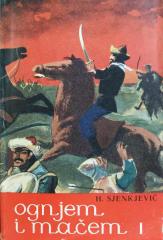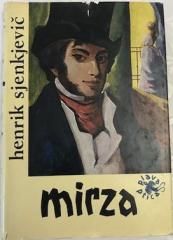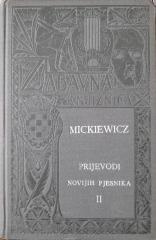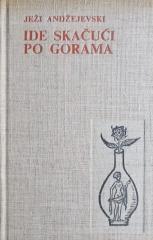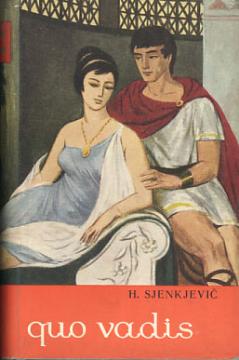
Quo vadis?
Roman „Quo Vadis“ je istorijska saga smeštena u Rimu za vreme vladavine cara Nerona. Napisano sa epohalnom širinom, delo istražuje sukob između ranog hrišćanstva i dekadentnog rimskog društva, sa ljubavnom pričom u svom središtu.
Glavni lik, mladi rimski patricije Marko Vinicije, zaljubljuje se u Ligiju, hrišćansku devojku iz plemena Liga. Njihovu ljubav komplikuju društvene razlike, Neronova tiranija i progon hrišćana. Vinicije, u početku vođen strastima i rimskim vrednostima, postepeno se menja pod uticajem Ligijine vere i hrišćanskih principa, posebno kroz susrete sa apostolima Petrom i Pavlom. Ligija, simbol čistoće i vere, beži od rimskog luksuza i Neronovog dvora, gde je pohota Popeje, careve ljubavnice, dodatno ugrožava.
Roman kulminira dramatičnim događajima: Neron optužuje hrišćane za Veliki požar Rima, što dovodi do njihovog mučenja u areni. Ligija je osuđena na smrt, ali Vinicije, uz pomoć hrišćana, spasava je. Neronova vladavina se ruši, a hrišćanstvo se uzdiže kao nova moralna snaga. Sjenkjevič majstorski prikazuje raskoš i okrutnost Rima, suprotstavljajući je hrišćanskoj poniznosti i nadi. Roman se završava trijumfom ljubavi i vere, Petrovim pitanjem „Quo vadis, Domine?“ (Kuda ideš, Gospode?), što simbolizuje duhovnu transformaciju.
Delo je remek-delo svetske književnosti, nagrađeno Nobelovom nagradom 1905. godine, i slavi snagu duha u vremenima progona.
Jedan primerak je u ponudi
- Oštećen omot
- Tragovi patine
